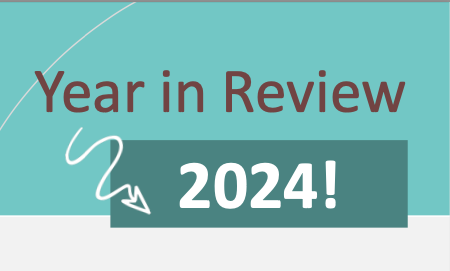How can a survey of 1000 people accurately reflect the sentiments of an entire nation?
It’s a question we’ve studied extensively, and we’ve found a simple yet profound way to explain this concept—one that involves a humble yet beloved Thanksgiving side dish: mashed potatoes.
Picture this: you’re in the kitchen, facing the perennial dilemma of seasoning a pot of mashed potatoes. You want to make sure the entire batch is good, so do you try to eat the entire pot. Of course not.
You don’t need to devour the entire pot to gauge the seasoning. Instead, a single thorough stir and taste of one spoonful reveal the essence of the entire batch. If that spoonful reflects the desired seasoning, you can trust it represents the whole.
Now, let’s apply this principle to survey sampling. When we seek to understand what US adults are thinking about a particular issue, we don’t need to survey every single person in the country. Instead, we select a representative sample—a smaller group of around 1000 people who mirror the demographic diversity of the nation. Just like that one spoonful of mashed potatoes, this sample provides a snapshot of the broader population.
But here’s the crucial twist: we can’t just survey our closest friends. As much as we love them, they likely share similar viewpoints to ours, skewing the results. Instead, we meticulously balance our sample across key demographics like age, race, gender, income, and education. This ensures that the findings authentically reflect the nation’s diverse perspectives and experiences.
So, the next time you’re baffled by how a modest survey sample can capture the complexity of an entire country, think back to our mashed potatoes analogy. Just as one spoonful can reveal the seasoning of the whole batch, a well-chosen sample can offer profound insights into the collective mindset of a nation. It’s about representation, balance, and understanding that sometimes, a small taste is all you need to grasp the bigger picture.



